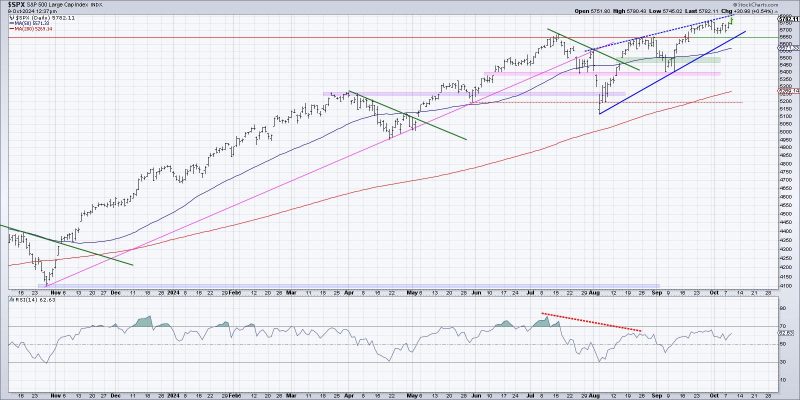Risk Management in October 2024: A Strategic Approach
1. Comprehensive Risk Assessment:
The first step in effective risk management for October 2024 is to conduct a comprehensive risk assessment. This involves identifying and analyzing potential risks that may impact various aspects of operations. Considering the dynamic nature of the business landscape, it is essential to take into account both internal and external factors that could pose a threat. Internal risks may include operational inefficiencies, cybersecurity vulnerabilities, or personnel issues, while external risks could range from economic instability to regulatory changes and natural disasters. By conducting a thorough risk assessment, organizations can gain a clear understanding of potential threats and proactively develop strategies to mitigate them.
2. Risk Mitigation Strategies:
After identifying potential risks through a comprehensive assessment, the next crucial step is to implement risk mitigation strategies. These strategies are designed to minimize the impact of identified risks and ensure business continuity. Depending on the nature and severity of the risks, organizations can adopt various approaches to mitigate them effectively. For instance, in the case of cybersecurity threats, implementing robust security measures such as data encryption, multi-factor authentication, and regular security audits can help protect sensitive information from breaches. Similarly, for financial risks, organizations can diversify investments, establish contingency funds, or hedge against currency fluctuations to minimize financial losses. By proactively implementing risk mitigation strategies, businesses can enhance resilience and adaptability in the face of uncertainties.
3. Continuous Monitoring and Evaluation:
An integral part of an effective risk management framework is continuous monitoring and evaluation. Risk management is not a one-time task but an ongoing process that requires regular review and updates to remain relevant and effective. By monitoring key risk indicators and performance metrics, organizations can quickly identify emerging risks and adapt their strategies accordingly. Additionally, conducting periodic evaluations of risk management practices allows firms to assess the effectiveness of existing measures and make necessary adjustments to improve outcomes. This iterative approach to risk management enables organizations to stay agile and responsive to changing market conditions, regulatory requirements, and technological advancements.
In conclusion, risk management in October 2024 requires a strategic approach that integrates comprehensive risk assessment, proactive risk mitigation strategies, and continuous monitoring and evaluation. By adopting these practices, organizations can enhance their resilience, protect their assets, and seize opportunities in an increasingly dynamic business environment. While uncertainties and challenges may persist, a robust risk management framework can empower businesses to navigate risks effectively and achieve sustainable growth in the long run.




























